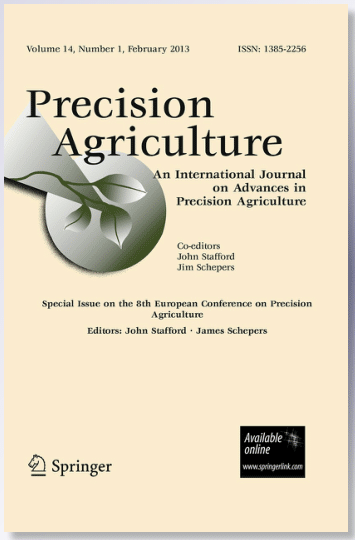Nitrogen (N) is a key factor affecting corn yield. Remote sensing of spectral reflectance from plant canopies offers an efficient way to assess N status. High spatial and temporal resolution imagery from unmanned aerial vehicles (UAVs) provides additional advantages. This study aimed to (1) develop and validate a model to predict top-dressing N requirements at the V5 stage using vegetation indices (VIs), N rates, and/or leaf N content (LNC), and (2) correlate VIs with LNC and yield at V6, V11, and R1 stages. Two experiments were conducted in Goiás state, Brazil. The first tested N rates from 0 to 300 kg ha−1 applied at V5, with imagery and LNC collected at V6, V11, and R1 stages. VIs such as GNDVI (R2 = 0.55–0.74), GN (R2 = 0.70–0.75), and TCARI (R2 = 0.62–0.63) showed strong correlations with N sources and LNC. Linear, linear-plateau, and quadratic-plateau models best fit the data. The validation trial confirmed the effectiveness of these VIs in optimizing N applications without reducing yield. GNDVI presented more benefits of reducing the amount of top-dressed N regardless of the variable used (N rate or LNC). The reduction of N inputs ranged from 6.6 to 35% compared to traditional methods. Additionally, VIs such as SAVI, GSAVI, and RVI accurately predicted yield, especially at the V6 stage, where correlations were highest (R2 ≥ 0.70). This approach demonstrates the potential of UAV-based VIs for optimizing N management and improving grain yield predictions.


